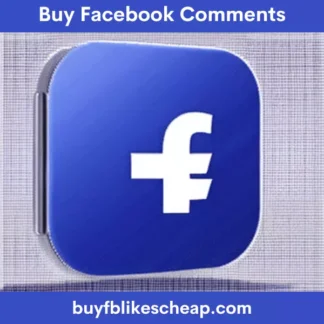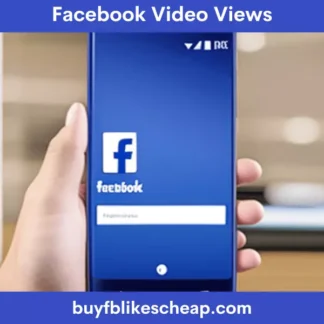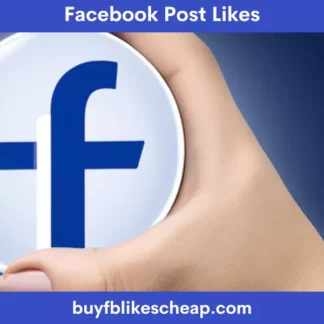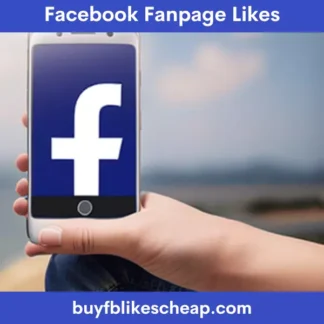This is the truth. Yes, it is getting harder and harder to get traffic from Facebook. Yes, organic traffic has decreased, making it more difficult to engage with your visitors. And yes, Facebook limits your reach because:
- They want people to stay longer on Facebook and not be redirected to your website or blog;
- They want you to pay to increase the reach of your posts;
- They prioritize “meaningful interactions” between friends and family over brand-generated content in the news feed.
But this does not mean that you cannot generate traffic from Facebook. Buy Facebook post likes and shares Facebook continues to be an important channel for marketing actions, as it offers unique opportunities in terms of generating engagement, if you manage your efforts strategically.
Specifically, once you’ve written your content, what can you do to make it stand out from the massive sea of content that is Facebook? To help you with this task, we’ve put together 7 tips from our own experience and from top professionals like Neil Patel and Noah Kagan.
1. Use visuals
Use images in your articles to get more shares. BuzzSumo analyzed more than 100 million articles and found that, on average, twice as many people share messages that contain at least one image.
Images are great for quick storytelling – include images in your article that describe your content. That’s what we do at Qualifio, in our inspiration articles (articles that give ideas for campaigns related to a certain topic). Our articles for Christmas, for Fashion Week or back to school, are the most visited and the ones with the greatest reach on Facebook. And they all have something in common; Lots of photos and interactive examples. We will return to this point later.
2. Lists, infographics, “How to…” articles and videos
The format of your article is relevant. Buy Facebook post likes and shares our inspiration articles aren’t the only ones with huge reach and share numbers. Along with them are:
- Our articles structured in the form of lists (for example, “Marketing campaigns: 10 key elements of the briefing”);
- Infographics;
- “How to…” articles (“How to collect your Fan profiles on Facebook”).
They are valued because they are easy to scan. The secret is to write short, easy-to-read paragraphs, with subheadings and bullet points.
Another format that works quite well on Facebook is the video format, specifically Facebook’s native videos (not YouTube videos, for example). Remember: Facebook wants people to stay on their platform. With Facebook’s auto-play feature, videos are the perfect way to grab your audience’s attention, and even redirect them to an article. It is visual, effective and fast.
Of course, beyond the format, buy Facebook post likes and shares the value of the content is essential. Is it interesting for your audience? Are you adding value to them? Etc.
3. Interact with your audience
Whenever possible, we engage with our audience within our articles. How? We integrate a small quiz, a personality test or a survey, asking our readers to give their opinion on a topic; with this, we measure your levels of knowledge or find out what your company’s data maturity index is, for example.
Facebook prioritizes content that generates interactions between users. The top three most shared content on Facebook in 2017 were music videos, breaking news, and viral quizzes.
Whatever your commercial activity, quizzes and personality tests are an excellent option to increase engagement. People share quizzes and personality tests, buy Facebook post likes and shares and even more, the results, as they feed their identity and ego. But also because it helps them identify themselves and show their network what they value.
In our inspiration articles, we also usually show one or more examples of interactive campaigns, seeking to achieve two objectives, the first, so that our readers can try our product (interactive marketing campaigns) and the second, to have fun.
4. Not too long, not too short
Despite what we might think, the shortest articles are not necessarily the most shared. Research from BuzzSumo and Neil Patel show that longer articles get more shares. Specifically, articles between 5,000 and 10,000 words in length. The advice they give us is to write at least one article of 2,000 words.
The same for the headline of your article. Do not make it so short, because you will not be able to explain what your article is about with only 4 or 5 words. Use 7-9 words to make your headlines descriptive.
5. Select the best posting times
We’ve read a lot of different opinions when it comes to finding the best times to post content. Monday, Tuesday, Wednesday… But one thing is certain, it is key to choose the days when your audience spends the most time online, this will undoubtedly have a positive impact on the number of times your content is shared.
You can first look at your Facebook Page data to see the time of day your audience is most likely to engage with your brand. After having done several tests, we usually share our articles on Facebook on Monday or Tuesday.
According to Neil Patel, who analyzed 5,860,631,392 articles from 64 countries, the best day to post an article and go viral on Facebook is Tuesday. It also gives hours to post, you have two options:
- Between 11 am and 1 pm, that is, just before or after the lunch break.
- At 6 pm, that is, after people finish their working day.
Given the complexity and continuous change of how algorithms work, it becomes difficult to find the perfect moment. It also depends on each brand. But, this data is a good start to help you increase engagement.
6. Sponsor your posts and run ads
Buy Facebook post likes and shares sponsored posts and Facebook ads are easy ways to increase impressions of your content outside of your community and get more engagement from Facebook. To impact profiles that you haven’t acquired yet, but that are similar to your audience, you can use a Facebook feature called Lookalike Audiences.
Reach out to that audience based on a set of criteria (job title, age, interests, location, connections, etc.) and don’t forget to re-promote your old articles regularly after they’re published.
7. Find a content delivery partner
Find at least one content delivery partner who publishes your articles on their website, buy Facebook post likes and shares or an influencer who shares them.
For even more reach, you can also cite studies or articles from influencers and tag them in your Facebook post while sharing your article. They are more likely to notice, and perhaps return the favor! You can also ask influencers to contribute to your article to significantly increase reach. It can be a simple quote, an interview or an article based on the vision of those professionals, just as we did during the summer?
One last tip to help you increase engagement with your content on Facebook: try all of Facebook’s features and learn from the results. Publish your content, evaluate its performance, and analyze the data. Then try again, optimizing your content based on what works best for your audience.





